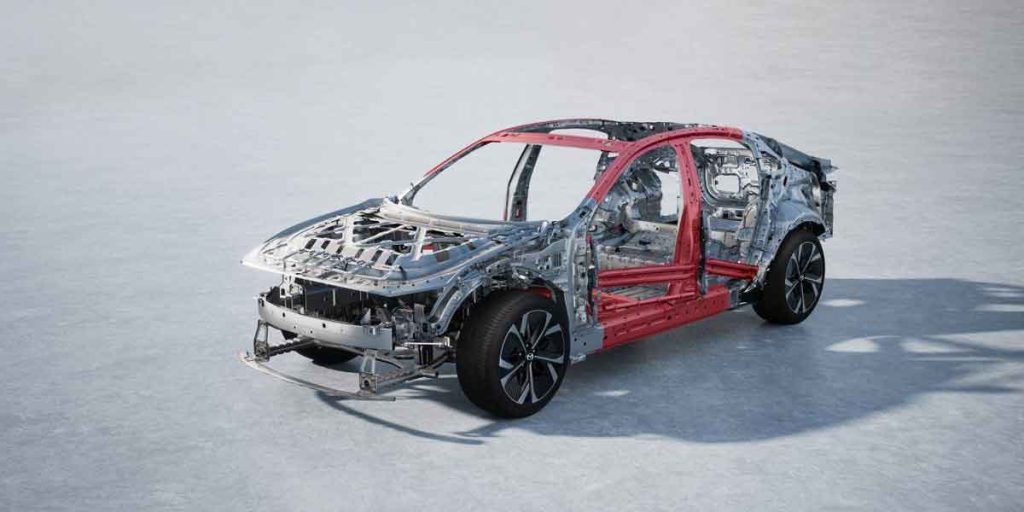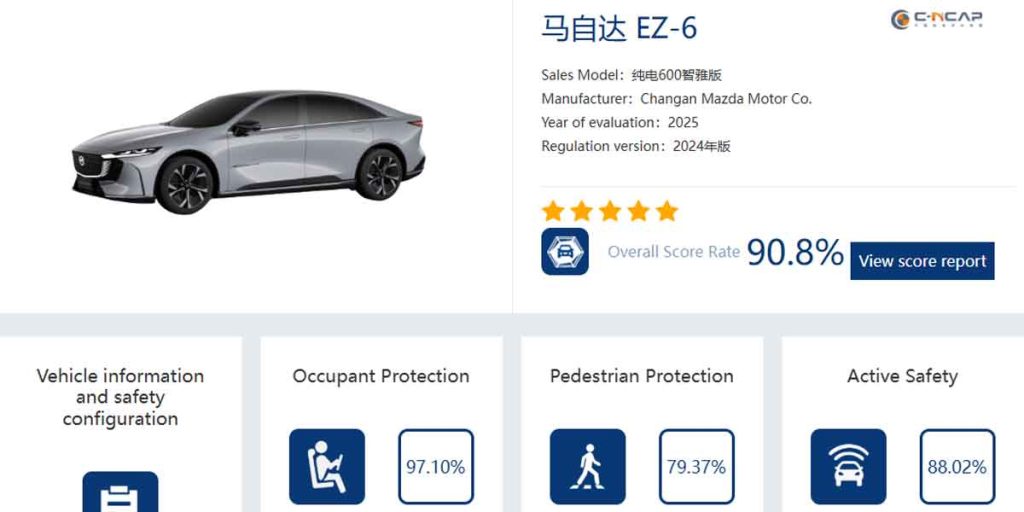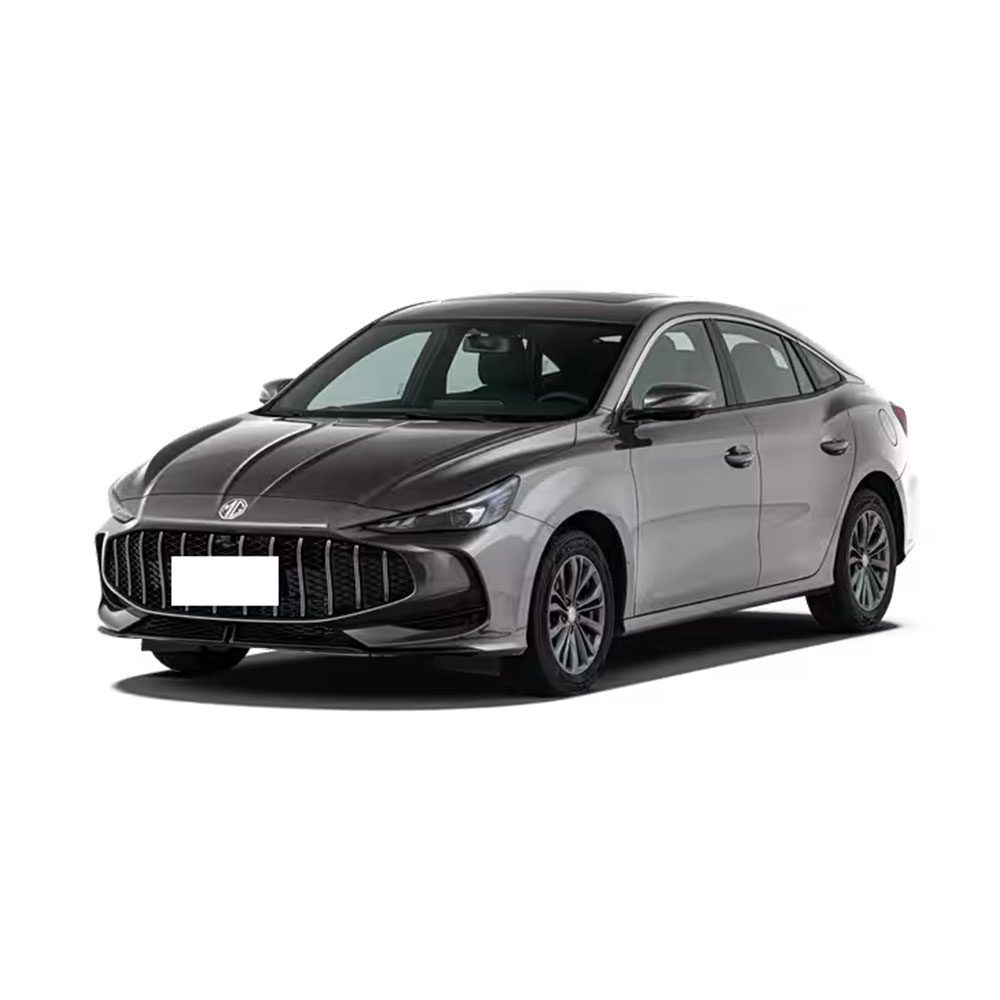What is the C-NCAP Safety Rating? A Comprehensive Analysis of C-NCAP Safety Rating
With the rapid development of China’s automotive industry and its increasing globalization, more and more people are paying attention to Chinese cars and deciding to purchase one. At this point, many have concerns about the safety of Chinese vehicles, and C-NCAP comes into view. C-NCAP has not only become China’s most authoritative new car safety evaluation system but also an important component of the global automotive safety assessment system. Now, let’s explore C-NCAP in depth!

What is C-NCAP?
C-NCAP (China-New Car Assessment Program) was officially launched by the China Automotive Technology and Research Center (CATARC) in 2006. It aims to establish an evaluation system that conforms to the characteristics of road traffic accidents and vehicle usage environments in China. Compared to mandatory national standards, C-NCAP adopts stricter and more comprehensive testing standards, providing consumers with an intuitive safety performance reference through a star rating system.
Over the past nearly two decades, C-NCAP has undergone multiple rounds of upgrades and iterations, gradually aligning with international advanced standards. The latest version of the regulations, released in January 2024, is based on in-depth research into China’s road traffic accidents and incorporates international development trends. It has achieved a quantum leap in test items, speed standards, and evaluation dimensions.

C-NCAP Test Content and Methods
Core Collision Test Items
- Full Width Frontal Rigid Barrier Collision Test: The test vehicle impacts a fixed rigid barrier at 55km/h (speed increased in 2024 version) with 100% overlap. This primarily examines the effectiveness of the vehicle’s restraint system in protecting occupants. A male dummy is placed in the front row, and female and child dummies are placed in the second row, with injury values measured at various body parts.
- Frontal 40% Overlap Deformable Barrier Collision Test: The vehicle impacts a deformable energy-absorbing barrier at 64km/h with a 40% overlap rate. This mainly assesses the safety design of the body structure. This test simulates the more common offset collision accident, placing higher demands on the energy absorption and rigidity of the body structure.
- Side Impact by Moving Deformable Barrier Test: A moving barrier impacts the side of the vehicle vertically at 60km/h (speed increased in 2024 version). The centerline of the moving barrier is aligned with a point 250mm rearward of the R-point of the test vehicle. This test evaluates the strength of the side body structure and the effectiveness of the restraint system in protecting key occupant areas such as the pelvis, chest, and abdomen.
Specialized Safety Tests
- Whiplash Test: Simulates a rear-end collision scenario. The driver’s seat and restraint system are fixed to a moving sled, which is launched with a specific acceleration waveform to evaluate the effectiveness of the seat headrest in protecting the occupant’s neck.
- Pedestrian Protection Test: Uses adult and child headforms impacting specific parts of the vehicle at 40km/h, along with legform impactor tests, to assess the vehicle’s protection capability for pedestrian heads and legs.
- Active Safety Test: Includes evaluation of multiple advanced driver assistance systems such as Automatic Emergency Braking (AEB), Lane Support Systems (LSS), Blind Spot Detection (BSD), and Driver Monitoring Systems (DMS).
Major Innovations in the 2024 C-NCAP Version
The new C-NCAP regulations officially implemented on July 1, 2024, have achieved breakthrough upgrades in multiple dimensions:
- Increased Collision Test Speeds: The speed for the Full Width Frontal Collision increased from 50km/h to 55km/h; the speed for the Side Moving Barrier Collision increased from 50km/h to 60km/h. The speed increase significantly raises test severity, pushing automakers to strengthen safety design.
- Added Collision Scenarios:
- Added Side Pole Collision Test, simulating accident scenarios where the vehicle side impacts pole-like objects such as utility poles.
- Added Far-side Occupant Evaluation in Side Pole Collision and Second-row Child Evaluation.
- Added Electric Vehicle Undercarriage Scratch Test to address safety risks specific to new energy vehicles.
- VRU Protection Upgrade: Integrated the Pedestrian Protection Headform Test, Legform Test, and VRU AEB System Test into the VRU (Vulnerable Road User) Protection section. Added Intersection Scenario Testing, including obstacles and child targets.
- Active Safety Expansion:
- Automatic Emergency Braking (AEB) added Intersection Scenarios, Highway Rear-end Scenarios, and AEB Misactivation Scenarios.
- Lane Support section added Curve Departure Warning Scenarios and Emergency Lane Keeping (ELK) Scenarios.
- Added evaluation items such as Door Open Warning (DOW), Rear Cross Traffic Alert (RCTA), and Driver Monitoring System (DMS).

C-NCAP Scoring System and Star Rating
C-NCAP adopts a comprehensive scoring system. The latest version has a total score of 62 points, covering three main areas: Occupant Protection, Pedestrian Protection, and Active Safety. Based on the total score, vehicles are awarded corresponding star ratings:
- 60 points and above: ★★★★★+ (Five Star Plus)
- 52 points to below 60 points: ★★★★★ (Five Star)
- 44 points to below 52 points: ★★★★ (Four Star)
- 36 points to below 44 points: ★★★ (Three Star)
- 28 points to below 36 points: ★★ (Two Star)
- Below 28 points: ★ (One Star)
The C-NCAP Management Center regularly announces evaluation results for various models (in March, June, September, December) each year, providing an authoritative reference for consumers.
Comparison of C-NCAP with International Standards
Within the global NCAP system, testing standards vary significantly across regions, reflecting local traffic environments and accident characteristics:
- Euro NCAP (Europe): Frontal impact uses 64km/h speed with 40% overlap against a deformable barrier; side impact speed is 50km/h; places particular emphasis on pedestrian protection testing.
- NHTSA (USA): Full-width frontal collision speed is 56km/h; side impact speed is 62km/h; features a unique rollover test to assess SUV rollover risk.
- IIHS (USA): Renowned for its stringent 25% Small Overlap Frontal Test at 64.4km/h; side impact speed is 49.8km/h; uses a four-tier rating system: “Good, Acceptable, Marginal, Poor”.
- C-NCAP (China): Integrates China’s actual traffic conditions. The 2024 version significantly raised testing standards, especially in active safety, adding several globally leading test items such as intersection AEB testing and driver monitoring systems.
China also has C-IASI (China Insurance Automotive Safety Index) supported by the Insurance Association of China. Its testing standards draw from the US IIHS, including the unique Frontal 25% Offset Collision Test. Evaluation dimensions include Crashworthiness & Repair Economy, Occupant Safety, Pedestrian Safety, and Vehicle Assistance Safety.
Impact of C-NCAP on Chinese and Global Automotive Safety
The implementation of C-NCAP has greatly promoted the advancement of automotive safety technology in China. Data shows that in 2006, only two models among the first batch tested received a five-star rating. Today, the proportion of models achieving five-star or higher ratings has significantly increased, reflecting the overall improvement in the safety performance of Chinese vehicles.
The latest test results in 2025 show that multiple Chinese new energy vehicles performed excellently in both C-NCAP and C-IASI tests. Models like the Ledo L60 and Firefly achieved “Good (G)” or higher ratings in sub-indices such as Occupant Safety, Pedestrian Safety, and Vehicle Assistance Safety. Even small electric vehicles like the JAC Yiwei 3 earned C-NCAP Five-Star certification with advanced safety technology, achieving a remarkably high occupant protection score rate of 89.83%.
For overseas consumers and automotive importers, the C-NCAP Five-Star rating is a strong endorsement of the safety quality of Chinese-manufactured cars. As China’s automobile exports continue to grow, the C-NCAP standards not only guide Chinese automakers in enhancing product safety performance but also provide a transparent and objective basis for global consumers to evaluate the safety level of Chinese cars.
Chinese automakers have fully embraced the safety philosophy of C-NCAP, integrating the five-star safety standard into their product design DNA. With the implementation of the new 2024 regulations, Chinese automotive safety technology is reaching new heights, providing trustworthy safety assurance for global consumers. For overseas buyers, paying attention to the C-NCAP rating has become an important reference for selecting high-quality Chinese cars – the five-star rating is not only an honor but also the fulfillment of the Chinese automotive industry’s commitment to safety.





